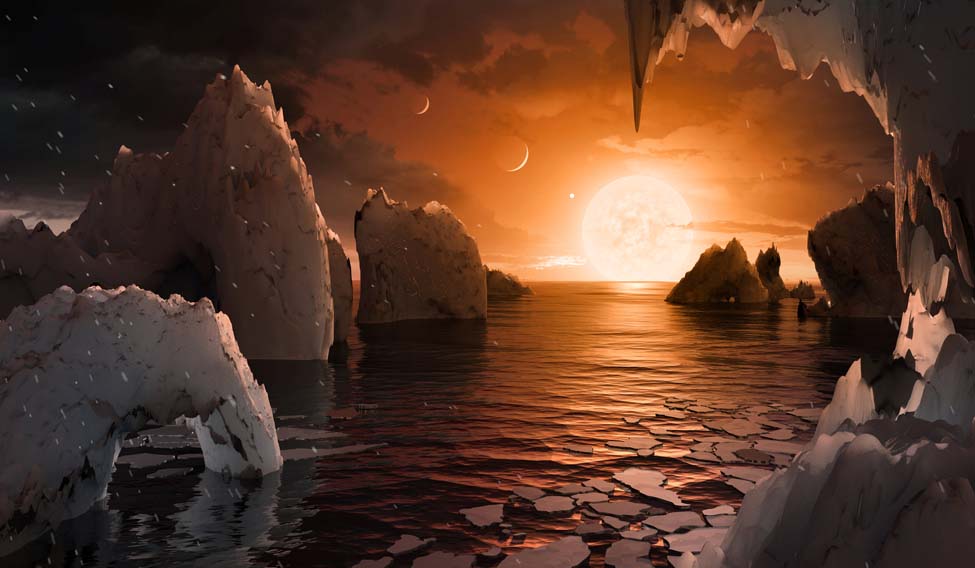Space travel can now be made a bit safer and satellites could also be guarded better from radiation damage, thanks to scientists finally having been able to generate space radiation in a lab and study it. Man-made space radiation has been produced in a research lab in the University of Strathclyde, the UK.
Researchers used novel laser-plasma-based accelerators to mimic the radiation, against which there has been little protection. And scientists were frustrated that they couldn't generate it on earth and study it. That has now become possible.
The study, funded by the European Space Agency (ESA) and published in Scientific Reports, involved exploratory proof-of-concept experiments carried out at Heinrich-Heine-University in Düsseldorf and at the UK’s Central Laser Facility. Further development of this application is planned at the Strathclyde-based Scottish Centre for the Application of Plasma-Based Accelerators (SCAPA).
Professor Bernhard Hidding, of Strathclyde’s Department of Physics, said: “Space radiation is a danger to satellite electronics as well as manned space travel. Earth’s magnetic core shields us from dangerous particles but space has no such protection. Testing for a solution would ideally be done in space but this is costly; furthermore, space radiation is difficult to replicate in laboratory conditions with conventional radiation sources, which produce radiation with rather unnatural energy distribution. By using laser-plasma-accelerators, however, we were able to produce particle flux which more closely resembled conditions in space. Our research shows laser-plasma-accelerators are viable tools for space radiation testing and are a valuable addition to conventional ground-based testing techniques.”
Further progress is expected in laser-plasma accelerator technology and this will allow the range of accurately reproducible space radiation to be extended to the radiation belts of other planets with magnetic fields, such as Jupiter or Saturn. “These planets have much stronger magnetic fields, generating far higher energy electrons than that of Earth, but exploratory missions in these harsh radiation environments have a high scientific priority, such as investigating the possibility of water on the Jupiter moon Io,”said Hidding.




